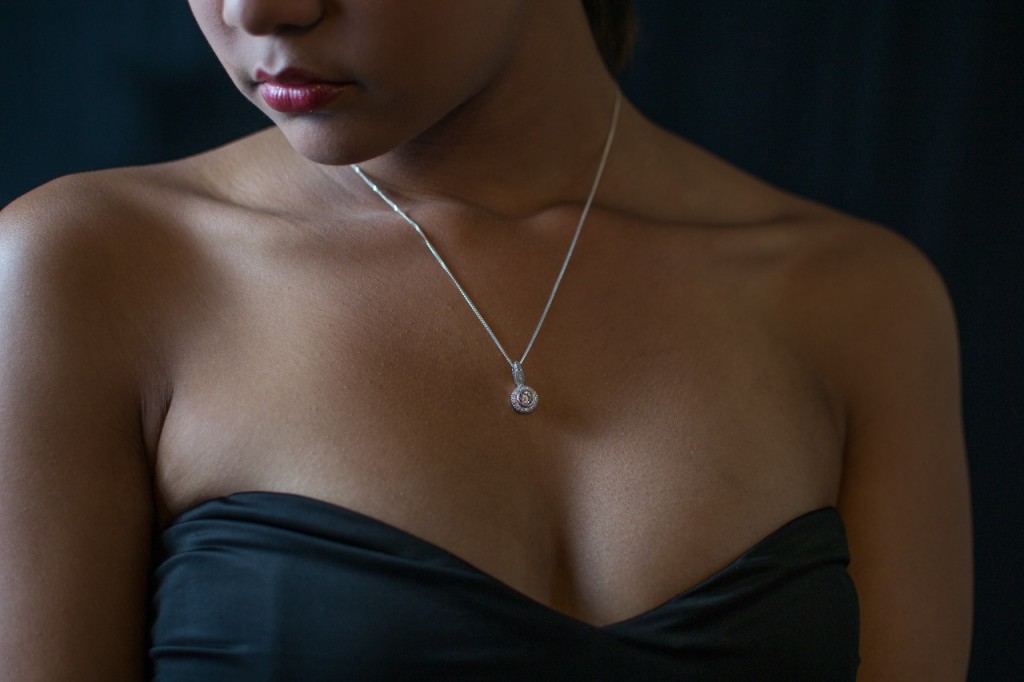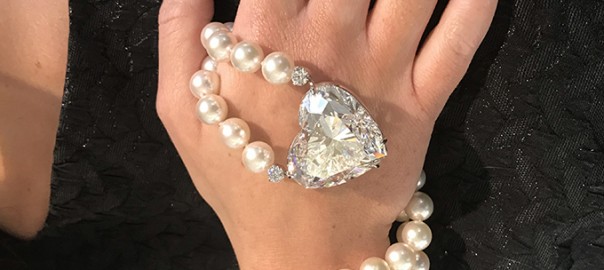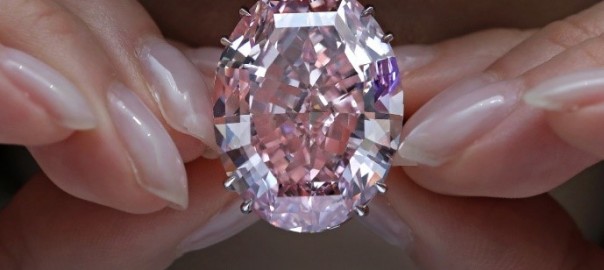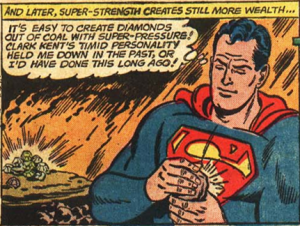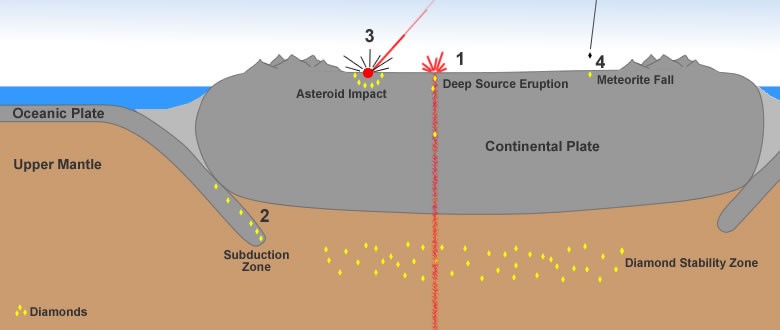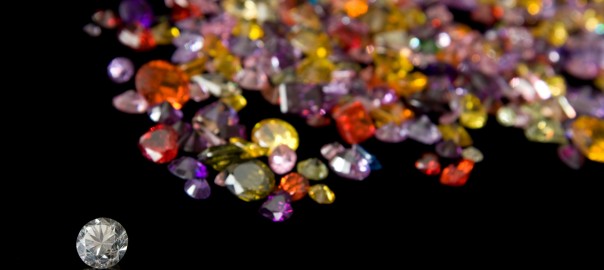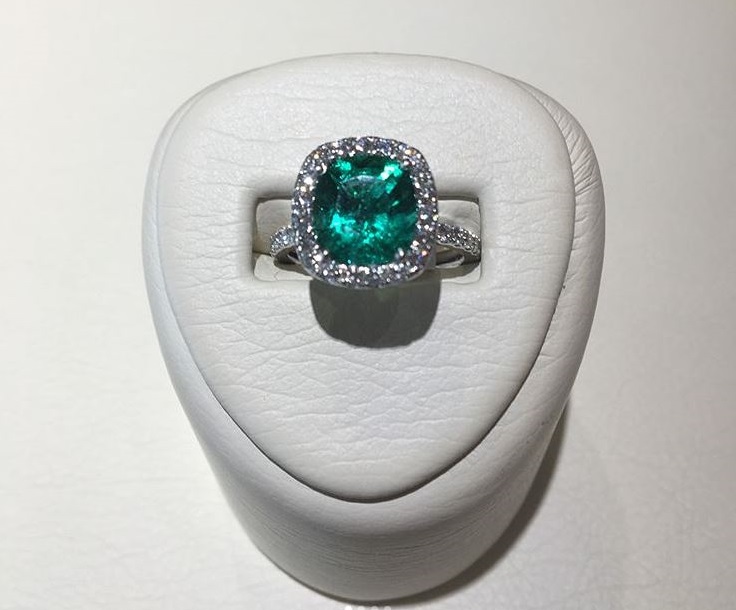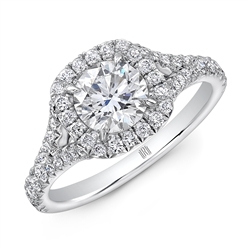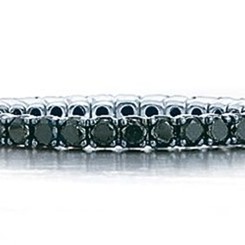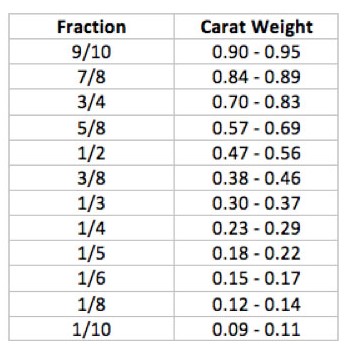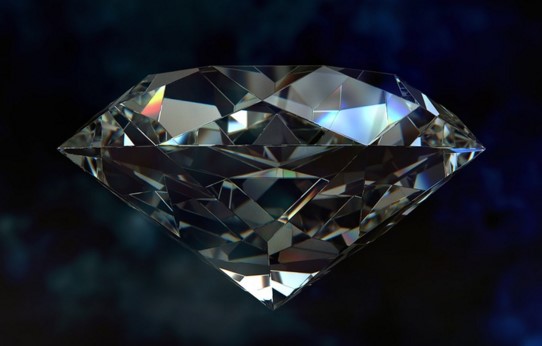Diamond Color – Four C’s
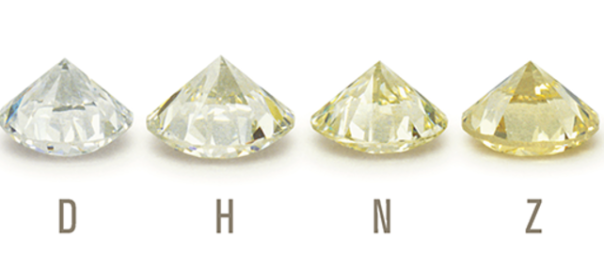
Generally, when we think of diamonds we do not associate color to them. However, one of the four major “C’s” is diamond color or lack thereof. According to GIA, the foremost authority on diamond grading which Schwanke-Kasten Jewelers uses for their engagement rings, “a chemically pure and structurally perfect diamond has no hue, like a drop of clear water, and consequently, a higher value” (GIA).
Diamond Color
So EXACTLY how does a diamond not have color and how can a diamond inherit color? The most common occurrence with clear diamonds is the varying degrees of yellow/brown hues. This is graded on the universally accepted GIA scale from D – Z under very controlled lighting and viewing conditions. In fact, some of the color distinctions are “so subtle that they are invisible to the untrained eye; however, these distinctions make a very big difference in diamond quality and price” (GIA).
Colored Diamonds
However, jewelry auction house will place a premium on diamond color because they know they add value, just look at these incredibly expensive diamonds that have been sold lately! And while color can take away from the value of a normal clear diamond, it can also add tremendous value when the color is outside of the normal range of D – Z (delete color) grading. These colors can exist in the shades and hues of: red, blue, green, pink, yellow and even white and grey diamonds. As we mentioned before, these tend to occur because of one of two conditions.
- Scientists know that chemical imperfections found in the diamond can cause color. Chemist believe high levels of hydrogen cause grey diamonds. They also know that a presence of boron can create blue diamonds, which are some of the rarest and often the most expensive.
- Structural imperfections to the normal diamond lattice arrangement of carbon atoms can also lead to inclusions of color. Scientists believe green diamonds get their color from “radiation displacing carbon atoms from their normal positions in the crystal structure” (GIA).
In some cases, scientists are not even sure what causes the hue of a diamond. Pink diamonds are so rare that scientists can’t make a conclusion on the hue’s causation. However, it will likely be a matter of time before they discover a similarity among them.
Interestingly enough, GIA uses a separate scale to grade colored diamonds. The scale takes into consideration 27 hue varieties and saturation hue of 9 descriptors ranging from faint to fancy vivid.
Read more on Schwanke-Kasten Jewelers regarding the 4Cs and how to pick the perfect diamond for an engagement ring.

